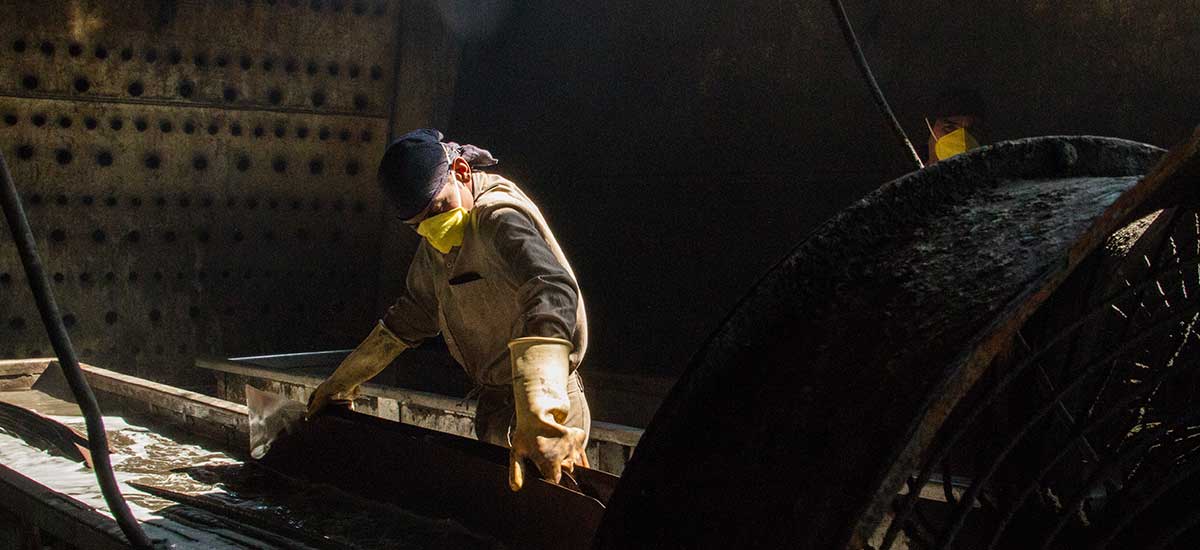
Make for India

‘Promoting Environmentally Sound Technologies and Best Practices’, a thematic track part of the WSDS 2018, was presented in the context of Japan–India Technology Matchmaking Platform (JITMAP)—a platform that accelerates the matching of relevant stakeholders from both countries and promotes the dissemination of Japanese low-carbon technologies (LCTs) in India.WhileJapanese LCTs have immense potential for application in India, is the implementation as simple as plug and play? A few perspectives have emerged in this regard.
“The biggest problem is adapting to local circumstances.”
The biggest problem with bringing green technology to India is its adaptation to local circumstances, said Mr Rajnesh Trivedi, Sustainable Development Banking, Yes Bank. “The moment you try to bring it into a country like India, you have to localize and adapt it.” Cost reduction, identifying the correct materials, and financing mechanisms are all questions that arise in commercializing and mainstreaming these technologies for India. Citing the experience of Yes Bank’s foray into conversion of lignite into coal at the same calorific value, he recalled that the private sector was sceptical about offering equity or support. The answer? The government is currently encouraging Public Sector Units to invest their R&D budgets in sustainability, said Mr Trivedi.
Technology: The only answer to sustainable economic growth
India’s green growth imperative that aims to achieve a growth in GDP while reducing energy intensity can happen by deploying appropriate low-carbon technology implemented and perfected overseas. However, there’s a catch. As per Mr Krishnan Dhawan, Chief Executive Officer, Shakti Sustainable Energy Foundation, “What works in Japan may not translate directly into the Indian space.” India’s larger goals are investments in the country’s local industrial ecosystem, and to empower local partners to adapt and spread technology for local use.
There is also an urgency in LCT and other initiatives for greening supply chains and cutting emissions. According to Mr Dhawan, “It is incumbent for a smart business to move towards efficient technology, and not be pushed by shareholder pressure, regulation or competition.”
The scaling of environmentally sound technology is multifaceted, said René Van Berkel, Unit Chief, Industrial Resource Efficiency with the United Nations Industrial Development Organization (UNIDO). “It is the biggest risk to apply one technology for everything—it doesn’t work.” Citing the example of a hydel power project in India, he recounted the need for a customized solution for high silt levels in the water, necessitating more operational effort and more downtime.”
With the role of Indian SMEs in the nation’s job creation, delegates agreed upon the need to bring together the technological needs of Indian SMEs across industrial clusters, while also showcasing the benefits from the infusion of new technologies.
It is a win-win situation for all and not just for environmental sustainability, but also for the overall costs and performance competitiveness stemming from more efficient techniques and tools.